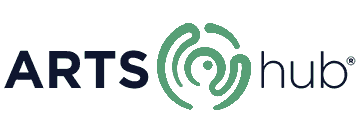New galleries and museums are opening in 2025 across global art hubs, with ambitious builds and innovative features, alongside notable theatres and public projects. Here is ArtsHub‘s list of things to mark on your calendars this year.
After extensive redevelopment, the University of Melbourne’s Potter Museum of Art will reopen to the public during Reconciliation Week on 30 May with the exhibition, 65,000 Years: A Short History of Australian Art. With over 400 artworks, the show includes new commissions alongside public and private loans, curated by Associate Provost Professor Marcia Langton AO, Judith Ryan AM and Shanysa McConville in consultation with Indigenous custodians.
Location: Corner Swanston Street and Masson Road, Parkville Vic 3010






